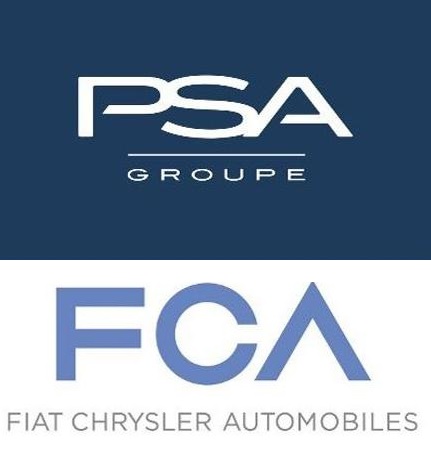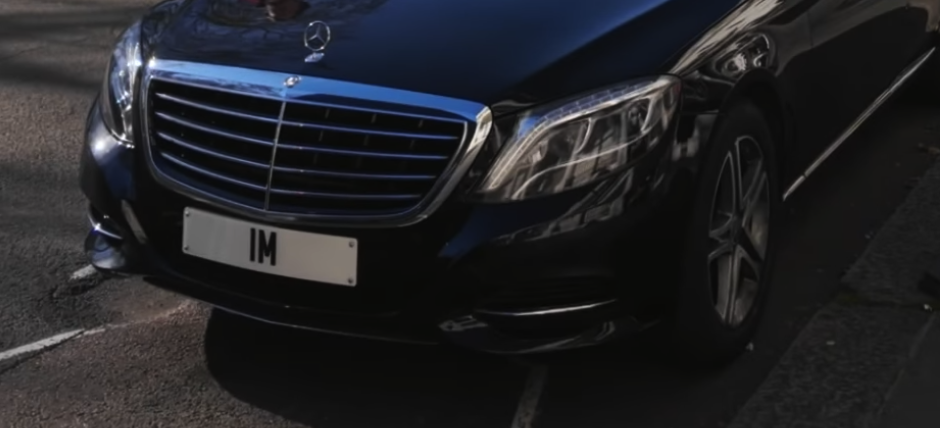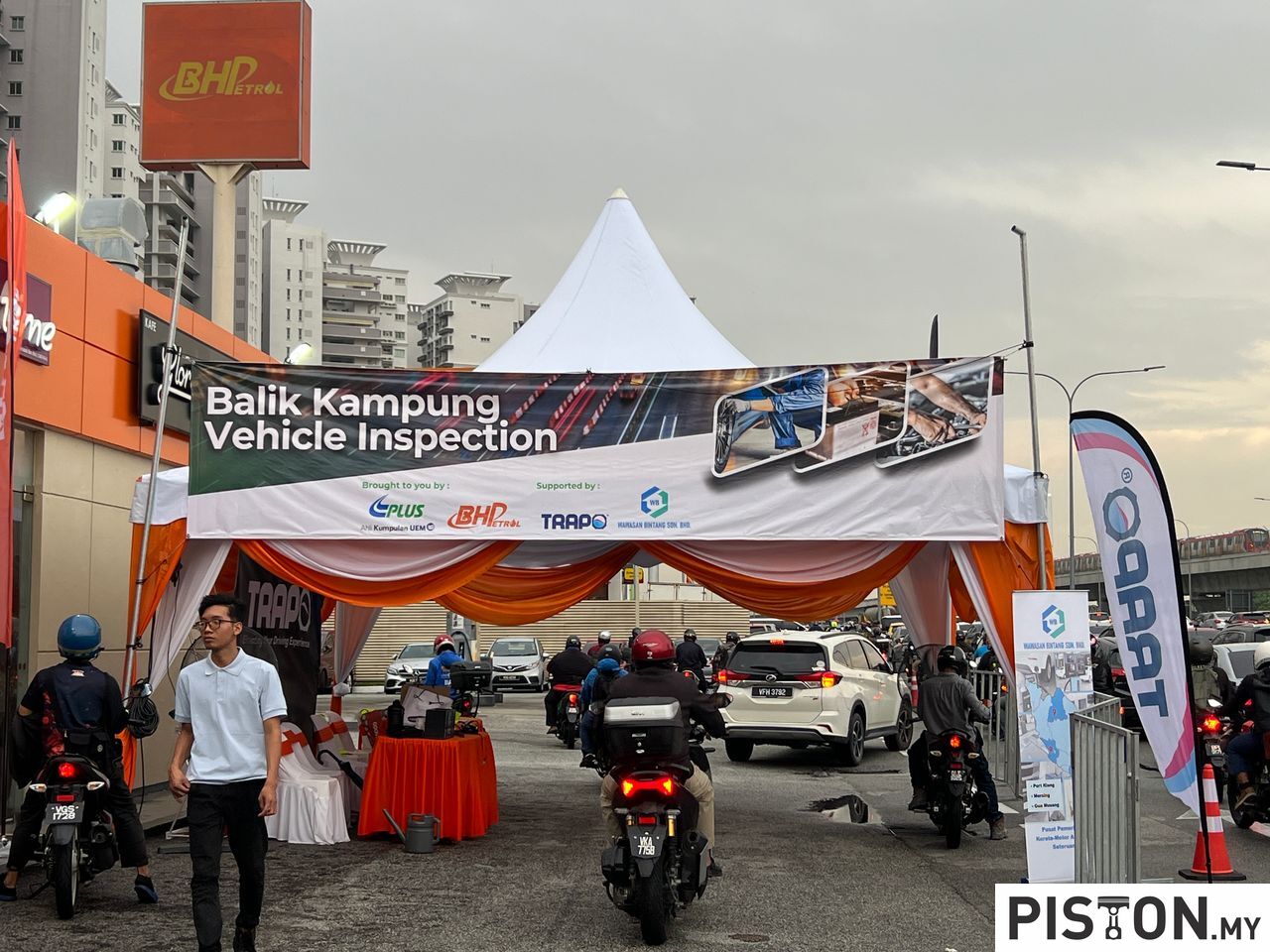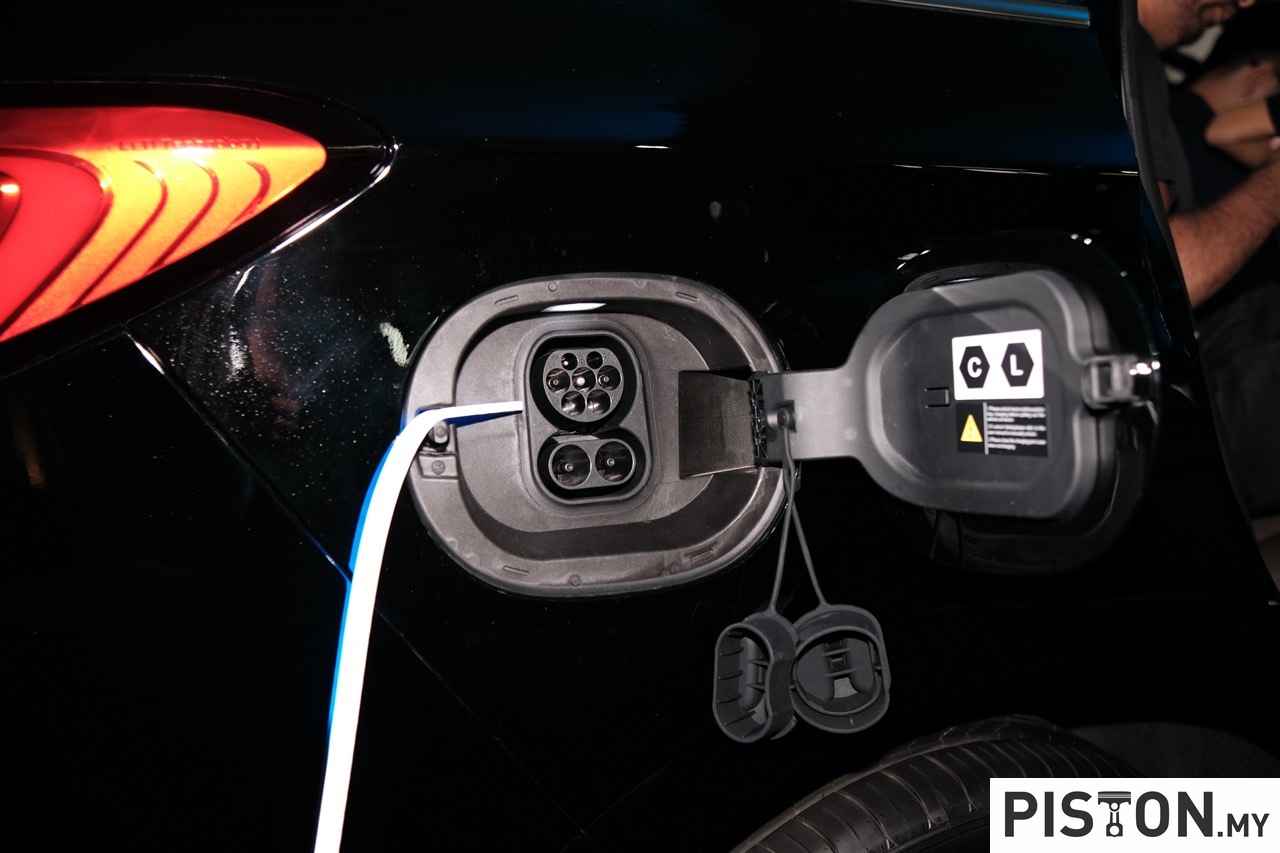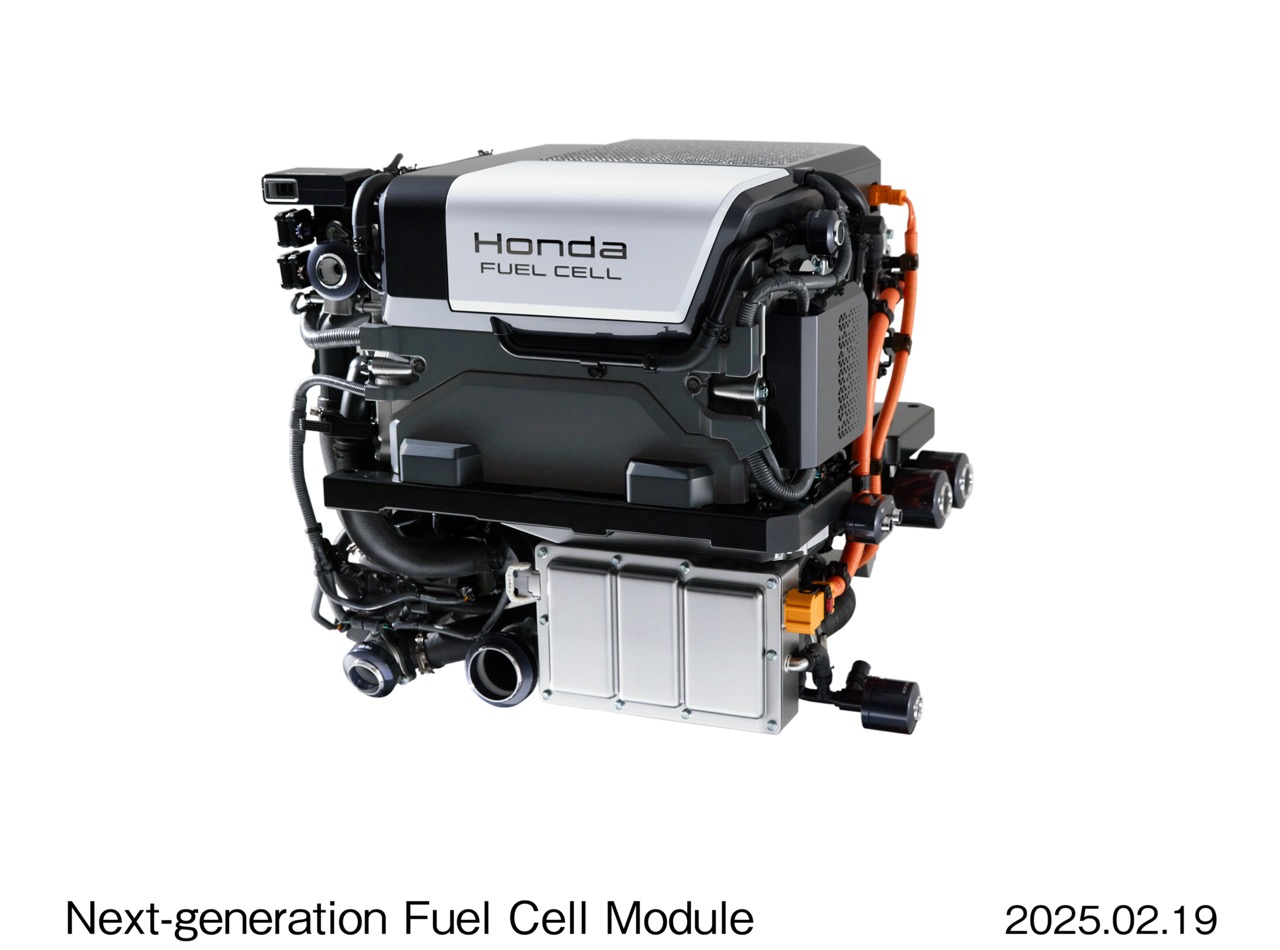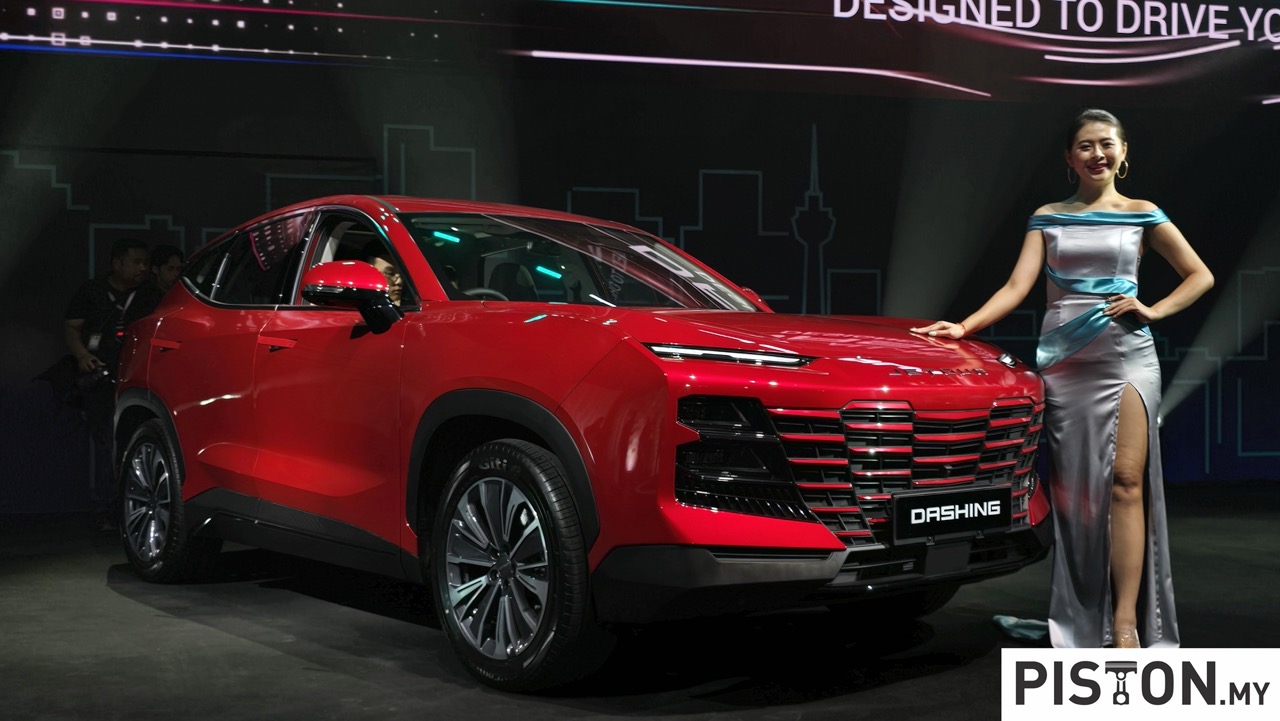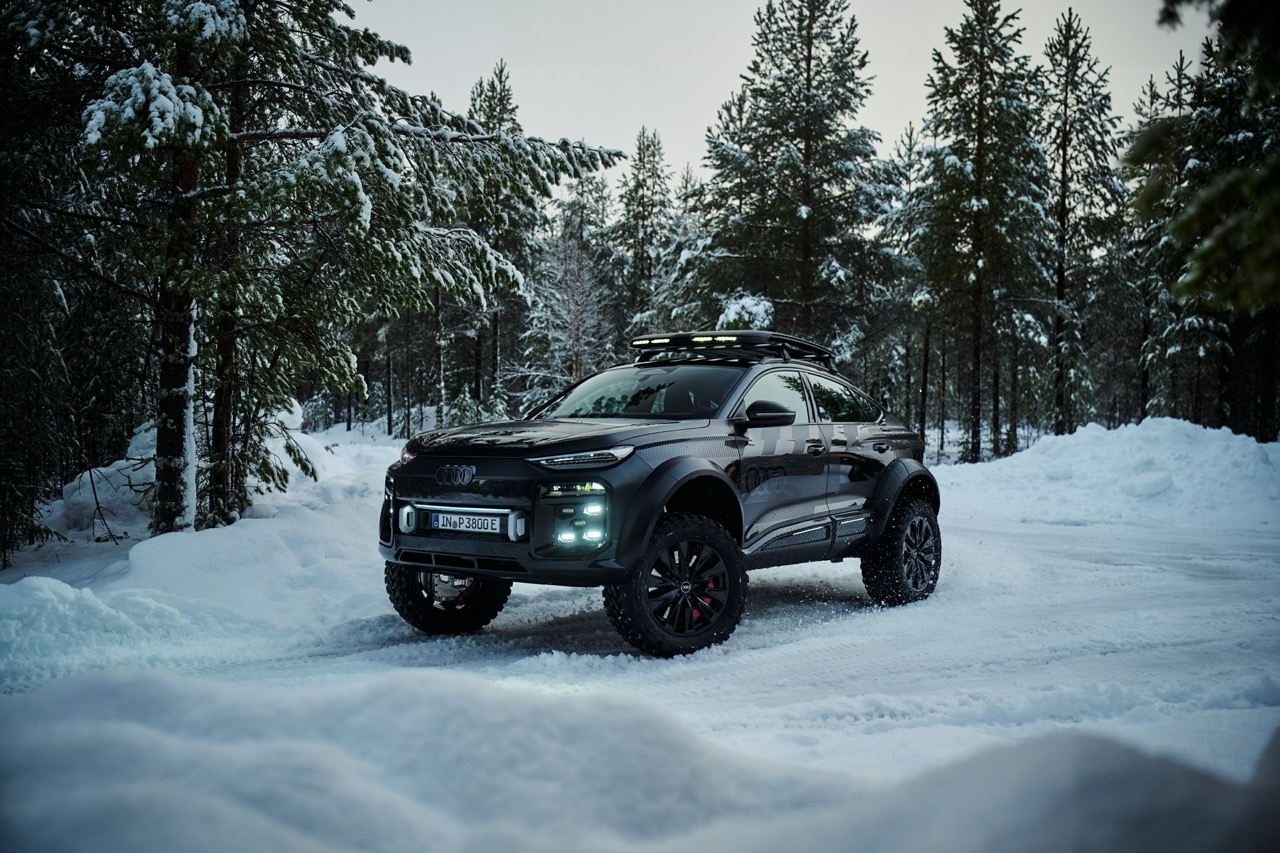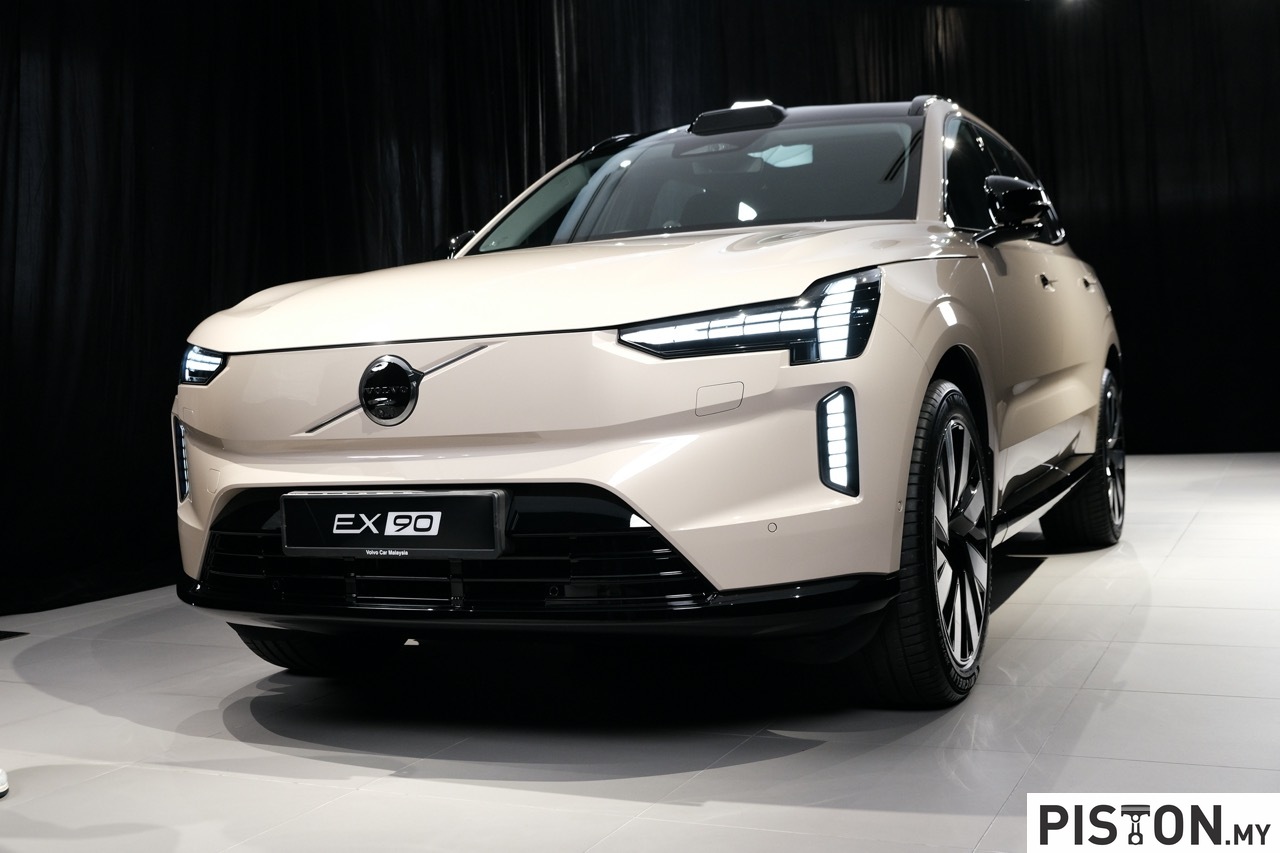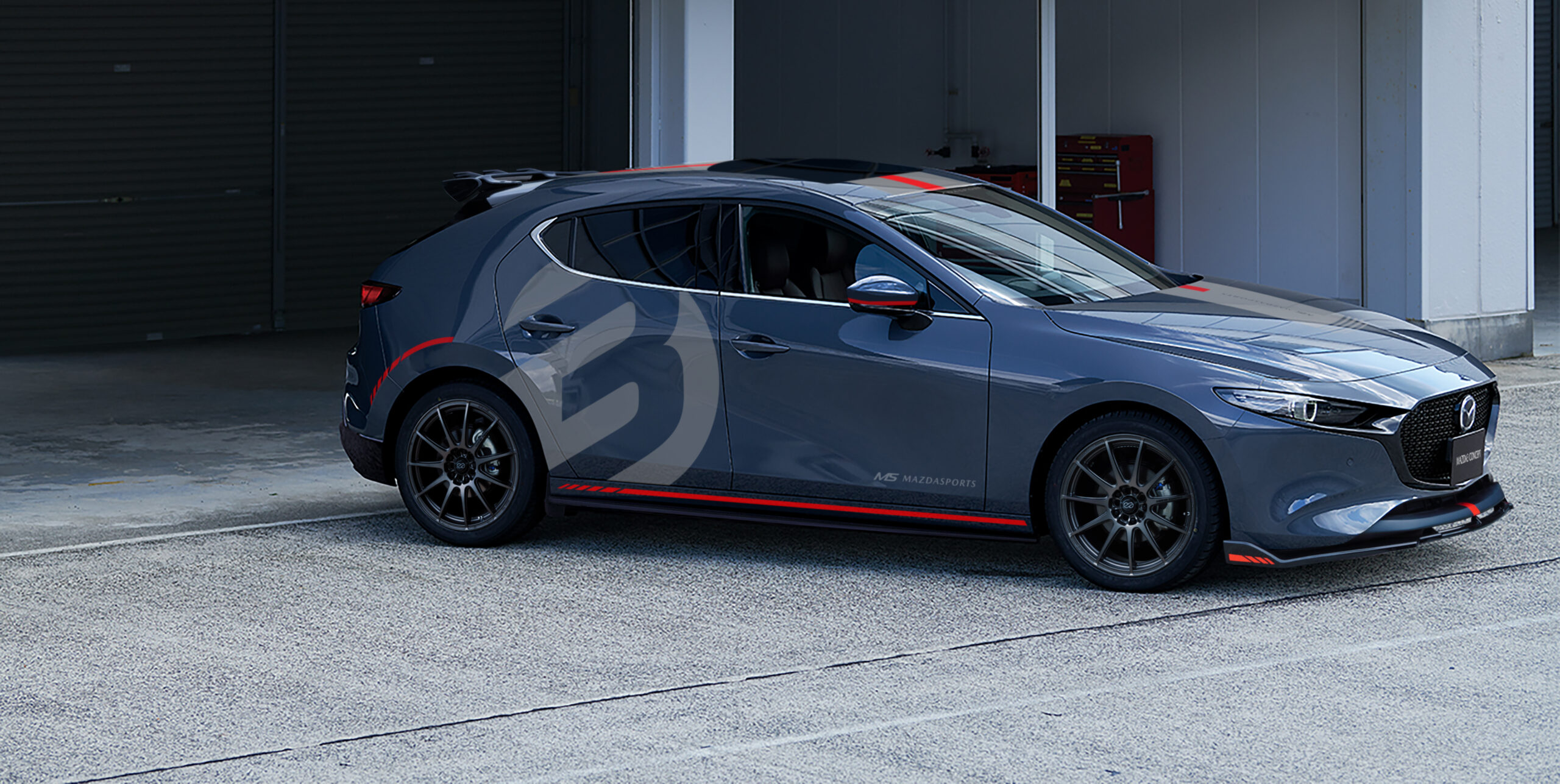Just as in the late 1990s when the changing business environment forced companies to merge or form alliances to be more competitive, the same thing is happening as this decade ends. Groupe PSA and Fiat Chrysler Automobiles (FCA) will enter a 50:50 merger of their businesses which will create the 4th largest global automotive manufacturing group (by volume) and 3rd largest by revenue.
The new combined company will have annual unit sales of 8.7 million vehicles, with revenues of nearly 170 billion euros, recurring operating profit of over 11 billion euros, and an operating profit margin of 6.6%, all on a simple aggregated basis of 2018 results. At present, the combined balance sheet is strong and therefore provides significant financial flexibility and ample headroom both to execute strategic plans and invest in new technologies throughout the cycle.
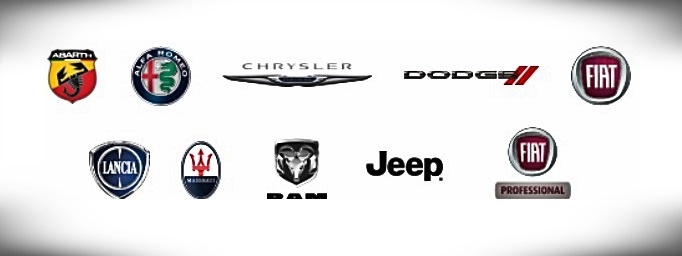
Broad-based brand portfolio
The combined entity will have a balanced and profitable global presence with a highly complementary and iconic brand portfolio covering all key vehicle segments from luxury, premium, and mainstream passenger cars through to SUVs and trucks and light commercial vehicles. This will be underpinned by FCA’s strength in North America and Latin America and Groupe PSA’s solid position in Europe.
The new Group will have much greater geographic balance with 46% of revenues derived from Europe and 43% from North America, based on aggregated 2018 figures of each company. The combination will bring the opportunity for the new company to reshape the strategy in other regions.
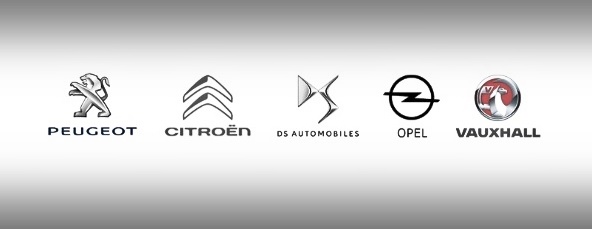
Sharing platforms will be key to efficiency
As has been the case with mergers of other groups, sharing platforms will be key to efficiency. The efficiencies that will be gained from optimizing investments in vehicle platforms, engine families and new technologies while leveraging increased scale will enable the business to enhance its purchasing performance and create additional value for stakeholders. More than two-thirds of production volumes will be concentrated on 2 platforms, with approximately 3 million cars per year on each of the small platform and the compact/mid-size platform.
While mergers often see downsizing exercises in facilities and manpower, it has been stressed that this one will not see plant closures or losses of jobs. In a letter to employees, Mike Manley, Chief Executive Officer of FCA, said: “The success of this merger will be underpinned by the history of our companies – a history where we have shown our leadership ability to deliver the successful integration of multiple cultures, passionate care for our iconic brands and a smart, tough, creative determination to succeed.”
About FCA and Groupe PSA
FCA was established in October 2014 when Fiat and Chrysler merged into a new holding company with two main subsidiaries – FCA Italy (previously Fiat Group Automobiles SpA) and FCA US. The portfolio of vehicle brands includes Abarth, Alfa Romeo, Fiat, Fiat Professional, Lancia, and Maserati from the Fiat side, and Chrysler, Dodge, Ram, Jeep from the Chrysler side. In 1998, as Chrysler Corporation, the company had merged with Daimler AG in what was the first of ‘mega-mergers’ in the auto industry. Described as a ‘merger of equals’, it never worked out and the two companies separated in 2007.
Groupe PSA, earlier known as PSA Peugeot Citroen (between 1991 and 2016) has brands with a very long history, notably Peugeot which was founded over 200 years ago and Citroen which celebrated its 100th anniversary in March this year. The Group currently has 5 vehicle brands – Peugeot, Citroen, DS Automobiles, Opel and Vauxhall, the last two brands having been acquired in 2017.




